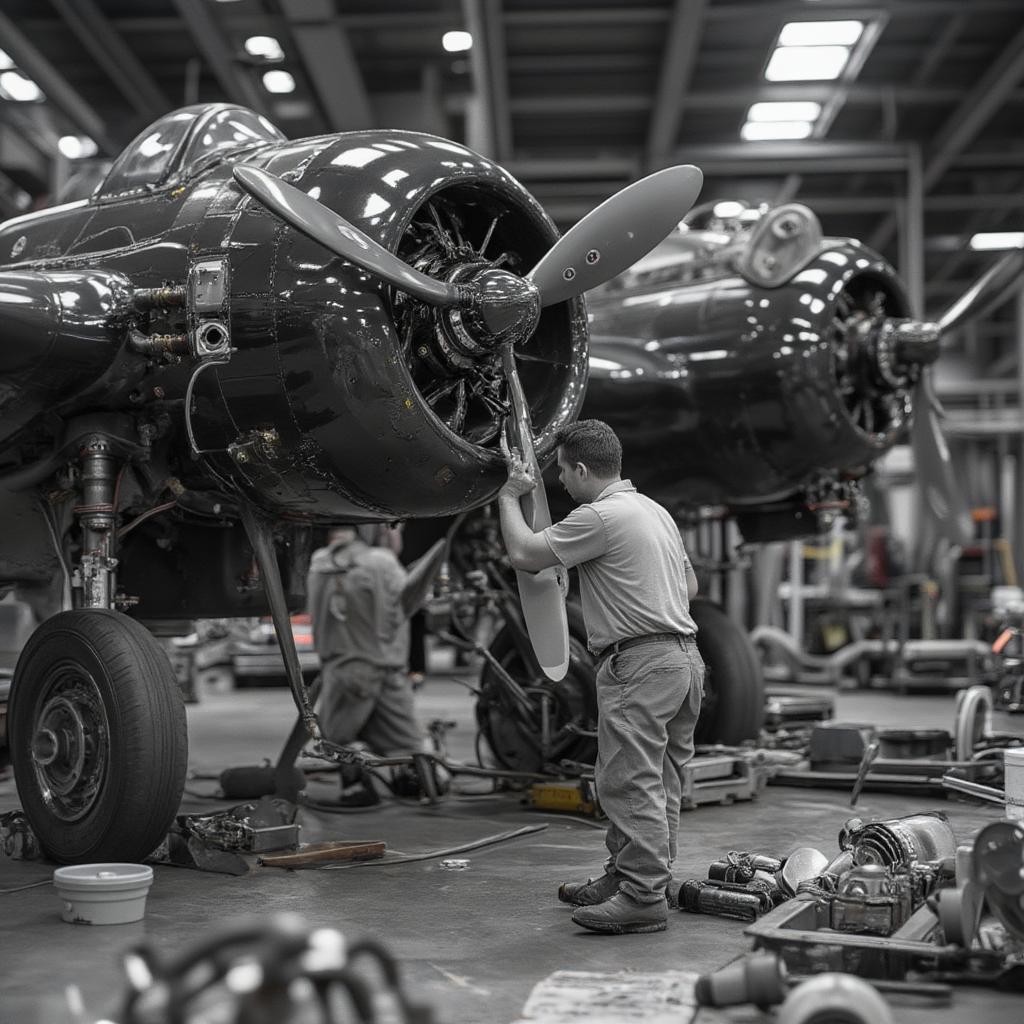VR Fighter Jet Simulator: The Future of Air Combat Training

The evolution of air combat training has taken a giant leap forward with the advent of Vr Fighter Jet Simulators. These cutting-edge systems offer a hyper-realistic and immersive training environment that bridges the gap between theory and practical application, shaping the future of air combat readiness. VR fighter jet simulators are not just games; they are sophisticated tools revolutionizing how pilots are trained for the complexities of modern warfare.
How VR is Transforming Fighter Pilot Training
VR fighter jet simulators provide a level of immersion and realism previously unattainable with traditional training methods. By replicating the cockpit environment, G-forces, and complex flight dynamics, these simulators allow pilots to experience the intensity of air combat in a safe and controlled setting. The use of high-resolution visuals, spatial audio, and haptic feedback systems further enhances the realism, creating a truly immersive training experience. This allows pilots to hone their skills and decision-making abilities under pressure, without the risk associated with live flight training.
Benefits of VR in Fighter Jet Simulation
- Cost-Effectiveness: VR simulators significantly reduce the cost associated with traditional training methods by eliminating the need for expensive fuel, aircraft maintenance, and airspace allocation.
- Enhanced Safety: Trainees can practice complex maneuvers and emergency procedures without the risk of accidents. This controlled environment fosters confidence and allows for repetition without real-world consequences.
- Improved Situational Awareness: The immersive nature of VR allows pilots to develop a heightened sense of situational awareness, crucial for success in modern air combat. They can learn to process vast amounts of information quickly and make critical decisions under duress.
- Customized Training Scenarios: VR simulators can be programmed with a wide range of scenarios, from basic flight training to complex air-to-air and air-to-ground combat missions, catering to individual pilot needs and skill levels. The flexibility of VR allows instructors to tailor training to specific learning objectives and provide personalized feedback.
VR Fighter Jet Simulators: A Deeper Dive into the Technology
The core of a VR fighter jet simulator lies in its ability to replicate the complexities of flight and combat. This is achieved through a combination of advanced software, hardware, and sensory feedback mechanisms. High-fidelity flight models accurately simulate the performance characteristics of real-world fighter jets, while realistic graphics rendering provides visually compelling environments. The integration of motion platforms, haptic feedback devices, and spatial audio further enhances the immersive quality of the simulation.
Key Components of a VR Fighter Jet Simulator System
- VR Headset: Provides a high-resolution, stereoscopic view of the virtual cockpit and surrounding environment, creating a sense of presence within the simulation.
- Motion Platform: Replicates the physical sensations of flight, including G-forces, acceleration, and turbulence. This physical feedback enhances realism and allows pilots to experience the physical demands of maneuvering a fighter jet.
- Flight Controls: Realistic joystick, throttle, and rudder pedals provide tactile feedback and allow pilots to interact with the simulated aircraft in a natural and intuitive way. These controls mimic the feel and response of actual aircraft controls.
- Software and Simulation Engine: The software is the brain of the system, responsible for running the flight model, generating the visual environment, and processing inputs from the various hardware components.
The Future of Air Superiority: VR and Beyond
VR fighter jet simulators represent a significant advancement in air combat training, but the future holds even greater possibilities. The integration of artificial intelligence (AI) and machine learning could lead to even more realistic and adaptive training scenarios. AI could be used to simulate enemy aircraft behavior, create dynamic and unpredictable combat environments, and provide personalized feedback to trainees. Furthermore, advancements in augmented reality (AR) could blend the virtual and real worlds, creating hybrid training environments that leverage the strengths of both.
“VR training provides pilots with a crucial advantage by allowing them to experience the complexities of air combat without the inherent risks of live training,” says Dr. Amelia Hernandez, a leading aerospace engineer at the Institute for Advanced Air Power Studies. “This technology is not just about replicating reality; it’s about creating training experiences that are more effective and efficient than ever before.”

Conclusion
VR fighter jet simulators are revolutionizing air combat training, providing a safe, cost-effective, and highly effective way to prepare pilots for the challenges of modern warfare. By leveraging cutting-edge technology, these simulators offer unparalleled realism and immersion, enabling pilots to hone their skills and make critical decisions under pressure. As technology continues to advance, VR fighter jet simulators will undoubtedly play an increasingly important role in ensuring air superiority and maintaining global security. The continued development and implementation of VR fighter jet simulator technology is paramount for maintaining a tactical advantage in the evolving landscape of modern air combat.

FAQ – VR Fighter Jet Simulator
- What are the main benefits of using VR for fighter jet training?
- How realistic are VR fighter jet simulators?
- What are the key components of a VR fighter jet simulator?
- How does VR compare to traditional flight training methods?
- What role does AI play in VR fighter jet simulation?
- What is the future of VR in air combat training?
- How much does a VR fighter jet simulator cost?
- What are the system requirements for running a VR fighter jet simulator?
- Where can I find more information about VR fighter jet simulators?




